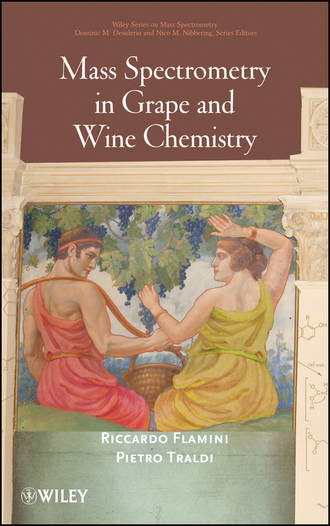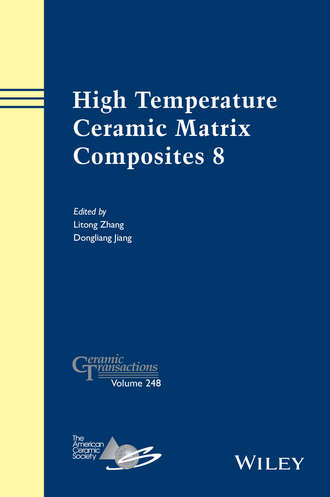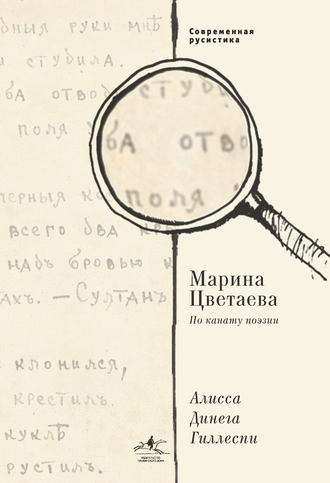Mass Spectrometry in Grape and Wine Chemistry
Flamini Riccardo
A concise, up-to-date overview of the applications of mass spectrometry To be able to estimate the potentiality of grapes and how it may be transferred into wine is key to grasping enological chemistry. Nowadays, mass spectrometry is a crucial aspect in ensuring the production, the quality, and the safety of grape, wine, and grape derivative products. Mass Spectrometry in Grape and Wine Chemistry examines in depth the relationship between the high structural identification power of mass spectrometry techniques and the chemistry of grapes and wine. The text is divided into two parts. The first section provides an overview of mass spectrometry methods in relation to enology in three chapters. The second section offers seven chapters on wine chemistry as well as traditional topics and new developments in mass spectrometry. Mass Spectrometry in Grape and Wine Chemistry explores many mass spectrometry applications, including: Ionization methods Mass analyzers and mass measurements Mass spectrometry methodologies Grape aroma compounds Volatile and aroma compounds in wines Grape and wine polyphenols Compounds released by wood into wine Wine defects caused by compounds Pesticide detection analysis Peptides and proteins of grape and wine Written by leading experts in the field, this book presents an introduction to mass spectrometry and outlines ways to maximize quality control and product safety for the best results. Mass Spectrometry in Grape and Wine Chemistry is an essential handbook for laboratories working in enology.
- Категория: зарубежная образовательная литература
- Правообладатель: John Wiley & Sons Limited
- Возрастное ограничение: 0+
- ISBN: 9780470552919
- Легальная стоимость: 12047.89 руб.





